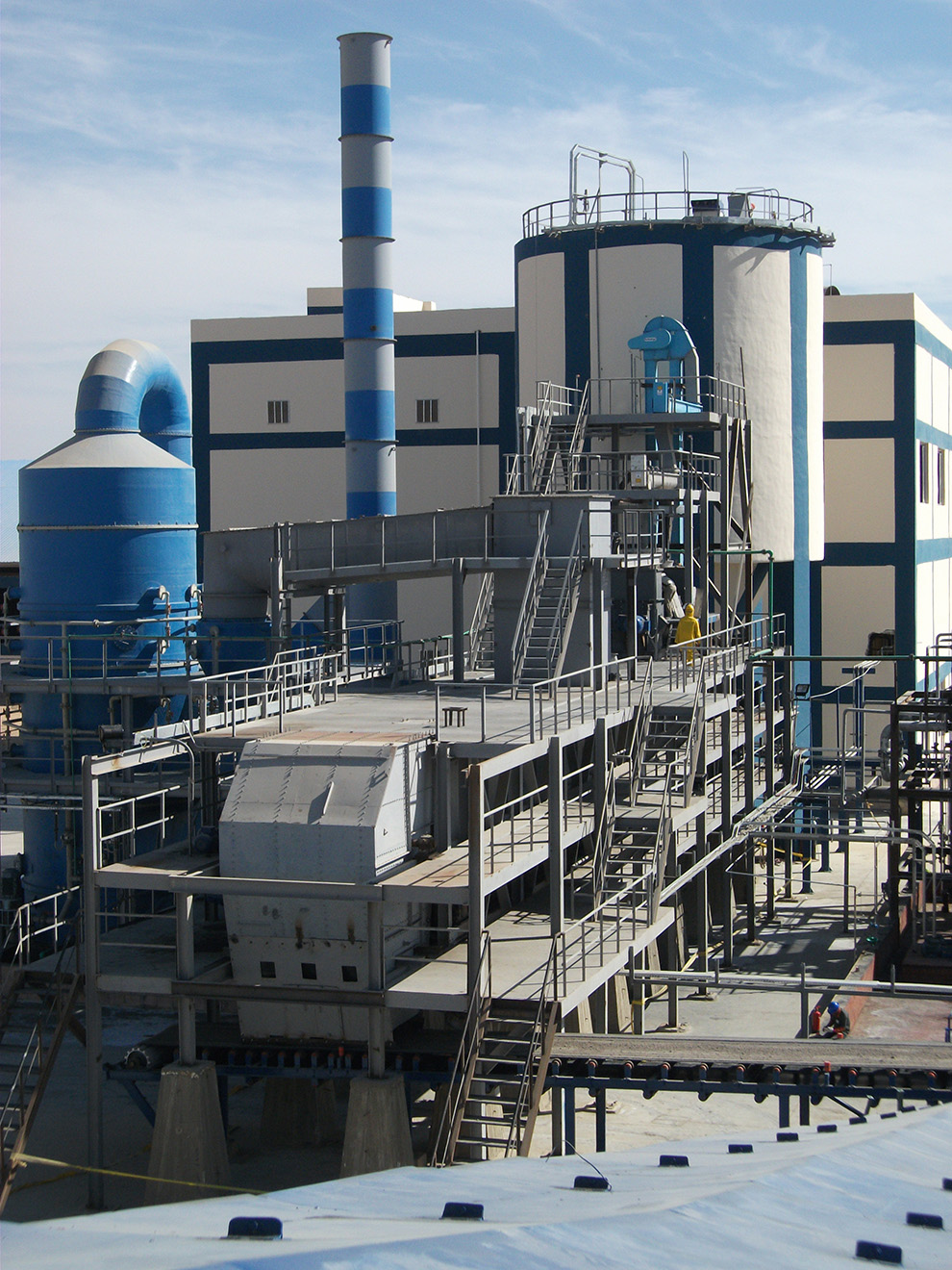Acidulation Processing Mixers
Selecting the correct mixer is critical for optimal acidulation process operation and control. As the heart of the acidulation process, the right mixer ensures proper reaction rates, product quality, and operational efficiency. The wrong mixer selection can lead to suboptimal mixing, low reaction rates, and compromised product quality.

